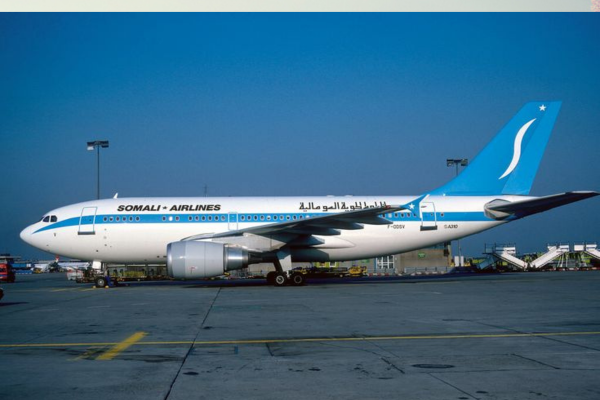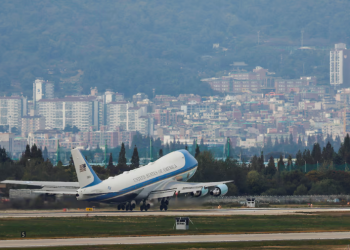In the tumultuous airspace shared by Somalia and Somaliland, a fierce dispute has erupted, leaving airlines navigating treacherous routes, passengers at risk, and diplomatic tensions escalating. The clash, triggered by an ambitious memorandum of understanding between Ethiopia and Somaliland, has strained political relations and thrown the once-stabilizing air traffic control services into disarray.
The Genesis of the conflict
The tension between Somalia and Somaliland reached new heights with the signing of a groundbreaking memorandum of understanding between Somaliland and Ethiopia on January 1. This deal, aimed at granting Ethiopia access to the Red Sea through the Port of Berbera, came at the cost of recognizing Somaliland’s sovereignty and offering it a stake in Ethiopian Airlines. Somalia vehemently rejected the arrangement, viewing it as an affront to its territorial integrity, setting the stage for heightened hostilities.
Control of the skies: A high-stakes battle
In the complex web of this dispute, control over airspace has become a crucial battleground. Somalia, after decades of instability, recently regained the designation of “Class A” airspace. This marked a significant milestone, with the Mogadishu Area Control Center overseeing the Mogadishu Flight Information Region (FIR). On the other hand, Somaliland, though in control of its airports, lacks authority over the upper airspace.
In the aftermath of the Ethiopia-Somaliland MoU, Somalia has sought to assert its control by restricting flight activity in Somaliland, leading to a clash over who governs the skies. The consequences have been severe, impacting air travel safety and giving rise to conflicting instructions for airline crews flying over the region.
Conflicting instructions and near misses
Over the past month, airlines traversing Somali airspace have reported receiving conflicting instructions from air traffic controllers, raising concerns about the safety of passengers. Recently, an Ethiopian Airlines Airbus A350 and a Qatar Airways Boeing 787 narrowly averted a collision, highlighting the gravity of the situation. Reports indicate that these conflicting instructions stem from a battle for control between Mogadishu and Hargeisa, with some airlines even encountering ‘fake controllers’ issuing conflicting directives.
Tragedy Unfolds: The mysterious death of an Air Traffic Controller
The conflict took a grim turn with the mysterious death of Abdinasir Muse Abdirahman, a Somaliland-born air traffic controller working with the Somali Civil Aviation Authority, according to a report by SImpleFlying. He was found dead in his apartment on February 18, signs of strangulation and severe torture marred his body. While investigations are ongoing, the Somaliland Civil Aviation and Airports Authority has accused Somalia of conspiracy and foul play in an escalating war of words.
Navigating the danger: Airlines take precautions
As the dispute rages on, airlines are not taking any chances. Ethiopian Airlines has announced route alterations to avoid Somali airspace, affecting flights to Asia and the Middle East. However, flights to Mogadishu and Hargeisa remain unaffected. Other airlines still operating over the contentious region have been advised to follow the instructions issued by the Mogadishu authorities, employing additional communication methods like controller pilot data link communications (CPDLC) or satellite communication (SATCOM).
Seeking resolution: Diplomatic and industry efforts
The matter has transcended aviation safety concerns, prompting Somali aviation officials to escalate the issue to the office of the Prime Minister. Meanwhile, the International Air Transport Association (IATA) is actively engaged in a Contingency Coordination Team with the Somali Civil Aviation Authority, International Civil Aviation Organization (ICAO), and neighbouring aviation authorities to ensure the safety of operations in the region.
As the dispute unfolds, the skies over East Africa remain a volatile arena, with political, diplomatic, and safety considerations converging in an intricate dance that could shape the future of air travel in the region.
Read more on Boeing: China’s aircraft demand may soar over 8,000 new planes by 2042





















